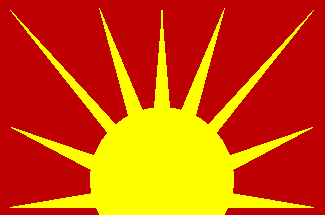





Description
Founded in 1976, the LTTE is the most powerful Tamil group in Sri Lanka and uses overt and illegal methods to raise funds, acquire weapons, and publicize its cause of establishing an independent Tamil state. The LTTE began its armed conflict with the Sri Lankan Government in 1983 and has relied on a guerrilla strategy that includes the use of terrorist tactics. The LTTE is currently observing a cease-fire agreement with the Sri Lankan Government.
Activities
The Tigers have integrated a battlefield insurgent strategy with a terrorist program that targets not only key personnel in the countryside but also senior Sri Lankan political and military leaders in Colombo and other urban centers. The Tigers are most notorious for their cadre of suicide bombers, the Black Tigers. Political assassinations and bombings are commonplace.
Strength
Exact strength is unknown, but the LTTE is estimated to have 8,000 to 10,000 armed combatants in Sri Lanka, with a core of trained fighters of approximately 3,000 to 6,000. The LTTE also has a significant overseas support structure for fundraising, weapons procurement, and propaganda activities.
Location/Area of Operations
The Tigers control most of the northern and eastern coastal areas of Sri Lanka but have conducted operations throughout the island. Headquartered in northern Sri Lanka, LTTE leader Velupillai Prabhakaran has established an extensive network of checkpoints and informants to keep track of any outsiders who enter the group�s area of control.
External Aid
The LTTE�s overt organizations support Tamil separatism by lobbying foreign governments and the United Nations. The LTTE also uses its international contacts to procure weapons, communications, and any other equipment and supplies it needs. The LTTE exploits large Tamil communities in North America, Europe, and Asia to obtain funds and supplies for its fighters in Sri Lanka.

